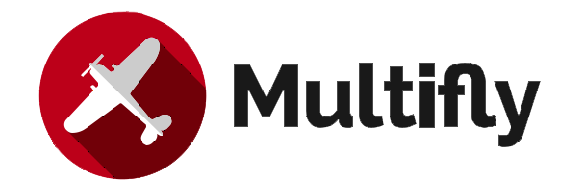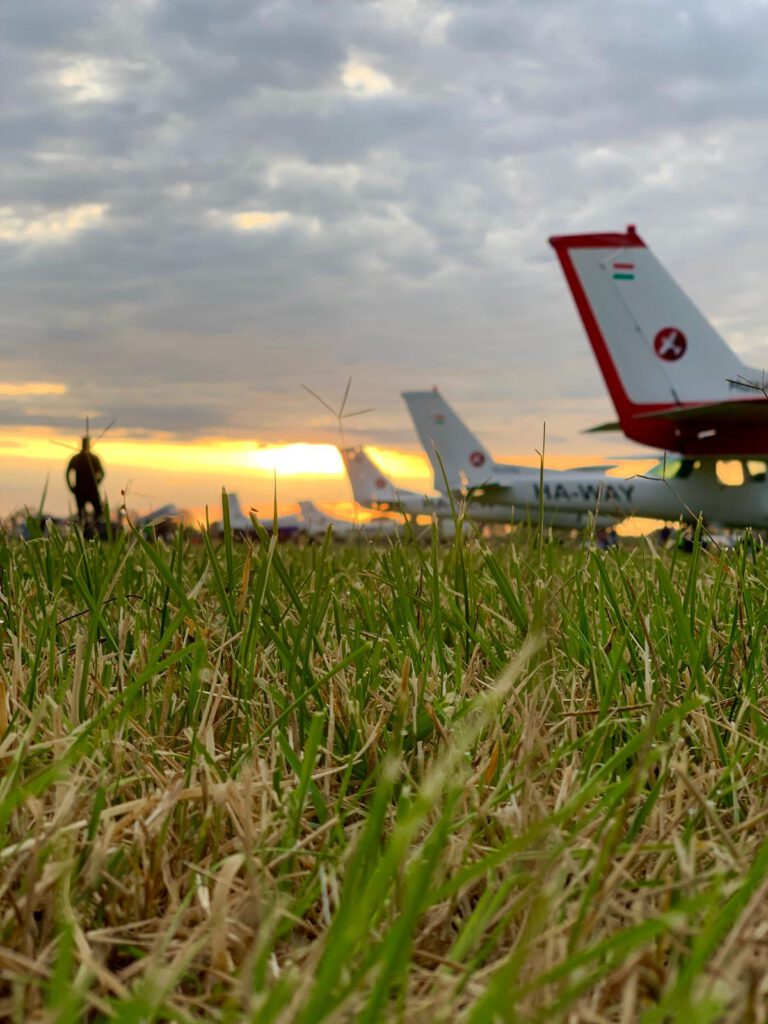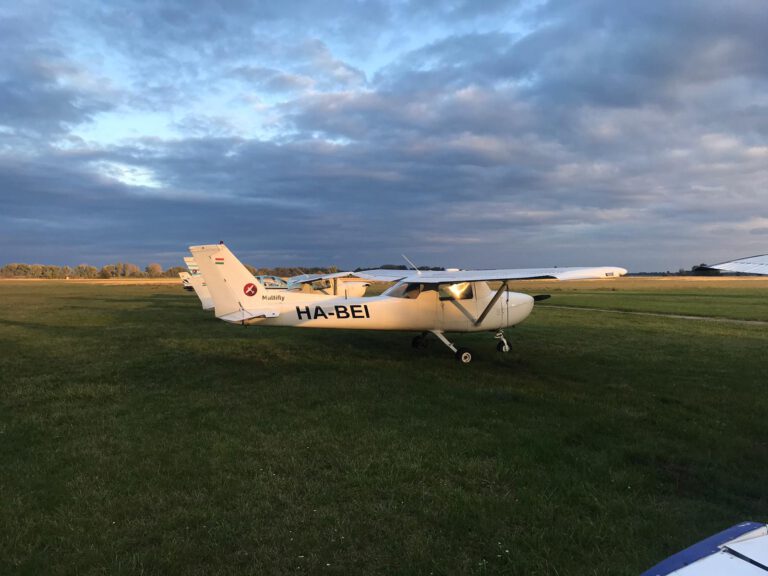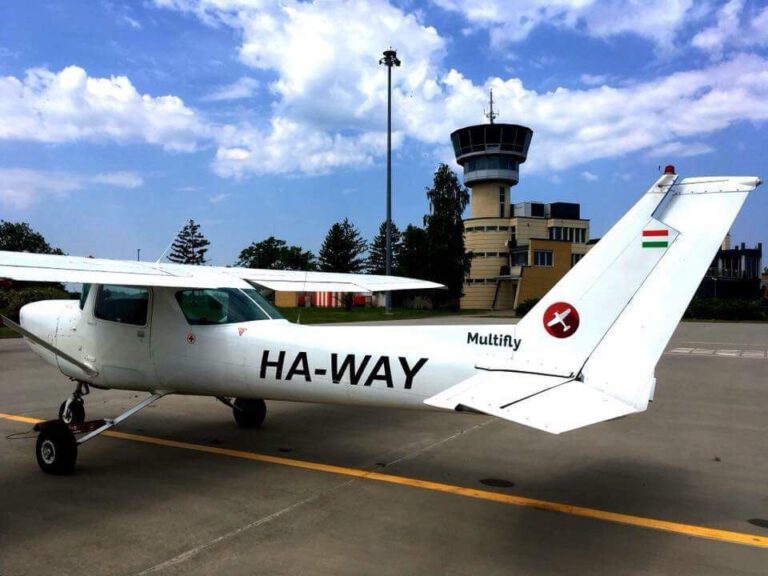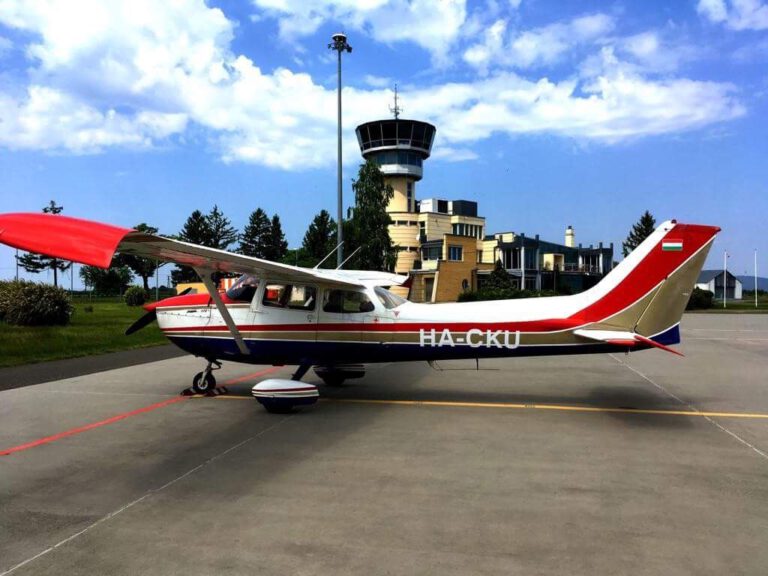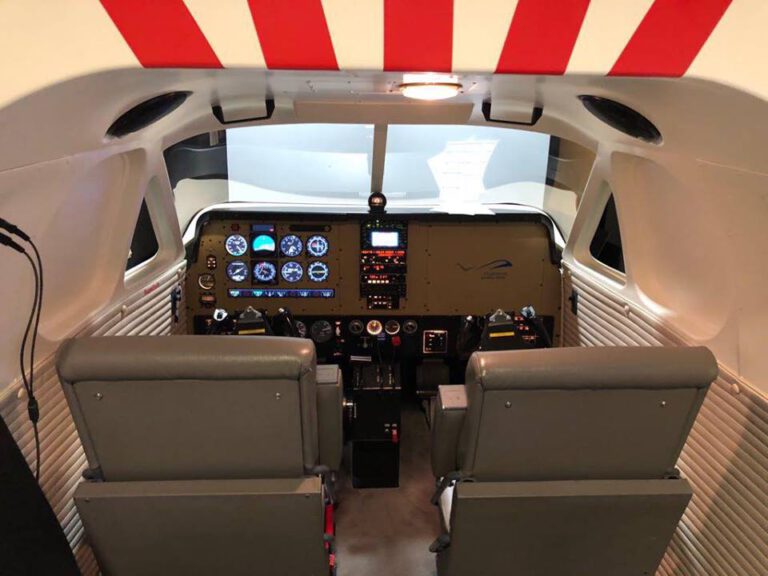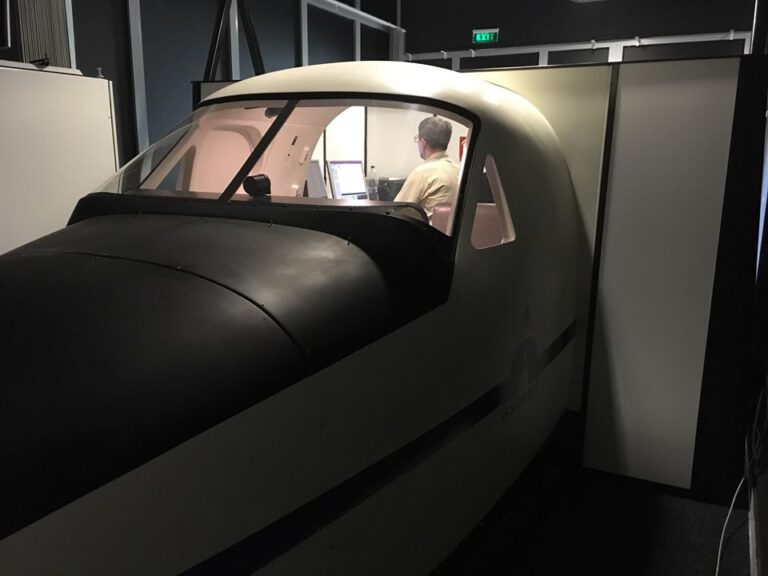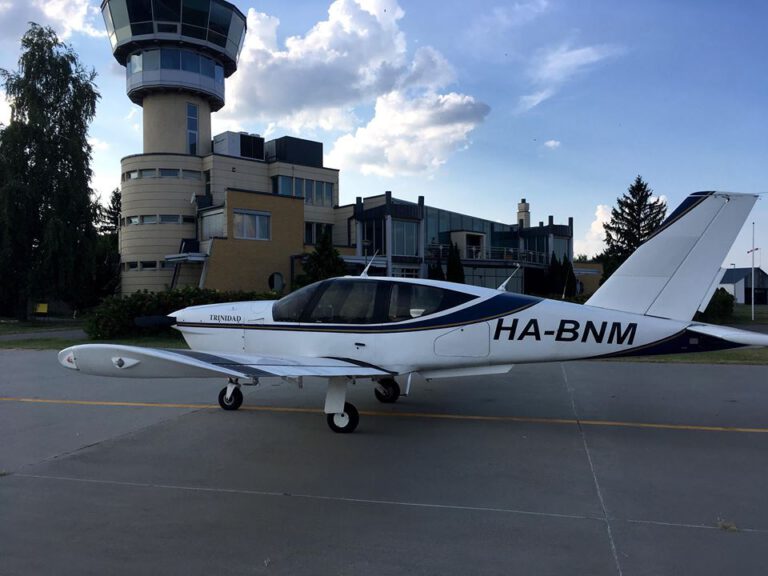
Entry requirements |
Documents necessary |
| ICAO English Language Proficiency Level 4 | All certificate, licence, medical copy |
| Valid EASA medical class I or class II with “IR Checked” | last 3 pages of logbook |
| EASA PPL license with NVFR rating | ID card or Passport |
| Minimum 50 hours PIC time | VISA from non Schengen area |
| EASA IR(A), CPL(A) or ATPL(A) theoretical exam certificate |







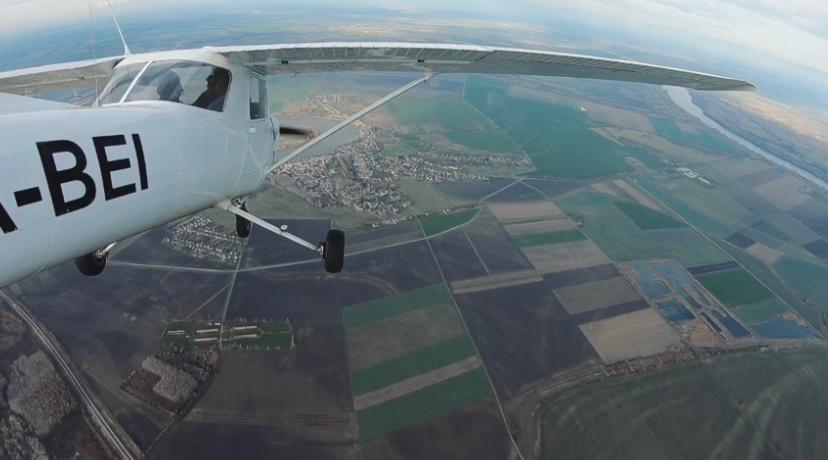

The Aim of the Course
During the Single-Engine Instrument Rating training course students learn how to operate under Instrument Flight Rules (IFR) using only the on-board equipment for orientation and navigation. By completing this training course, students gain all the necessary knowledge for further progression in their aviation career.
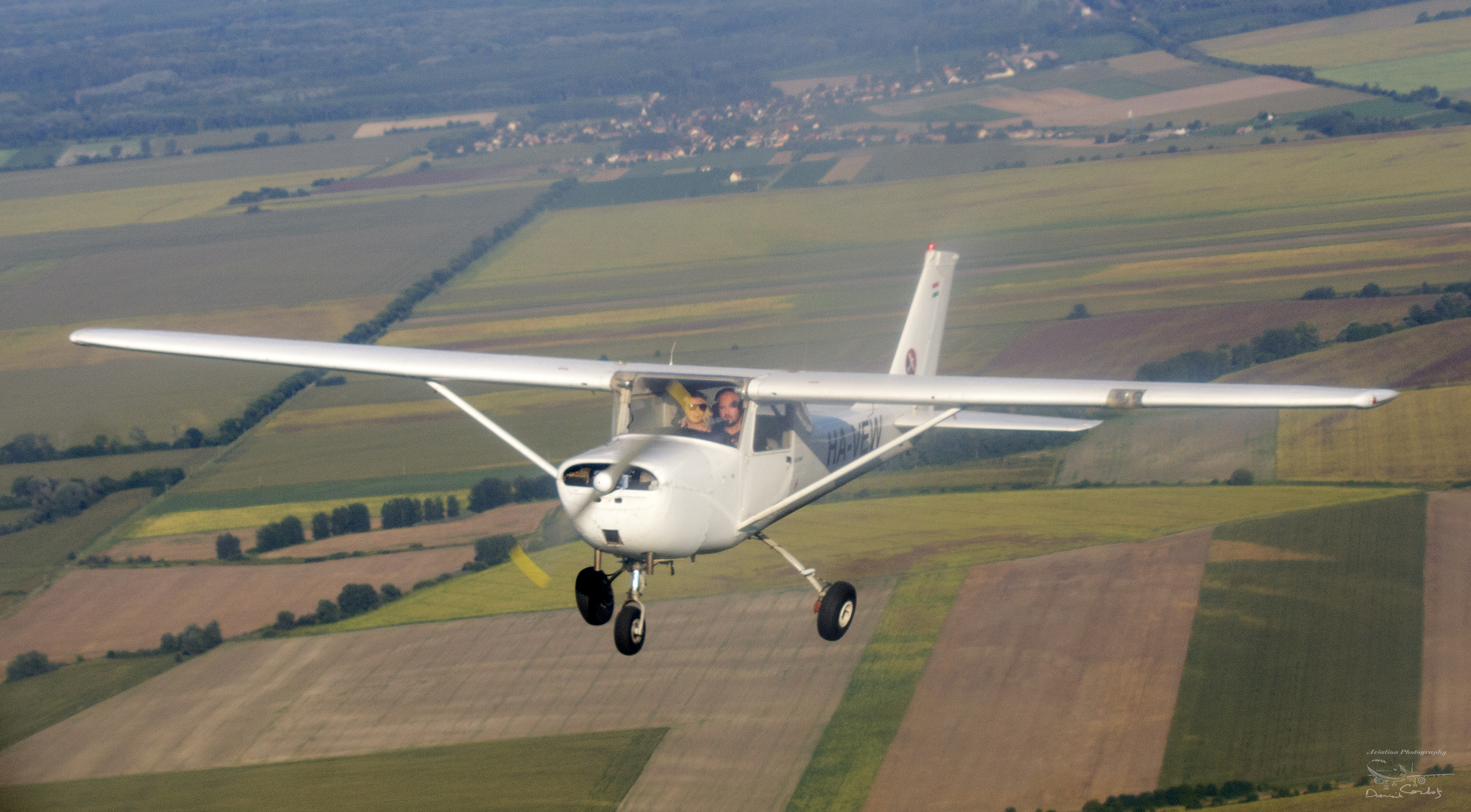

Flight Training
During the Single-Engine Instrument Rating training course students fly 50 hours of dual flight instruction. There is no solo exercise prescribed.
Student needs to complete;
35 Hours FNPT-II Simulator
15 Hours EASA IR Certified Aircraft
Flying in the simulator gives the ability to the instructor to freeze the flight at any phase and explain different situations in details. The simulator also capable to visualize different flying conditions and emergencies as well.
Completing the training in a real aircraft provides hands on experience under real-life conditions.
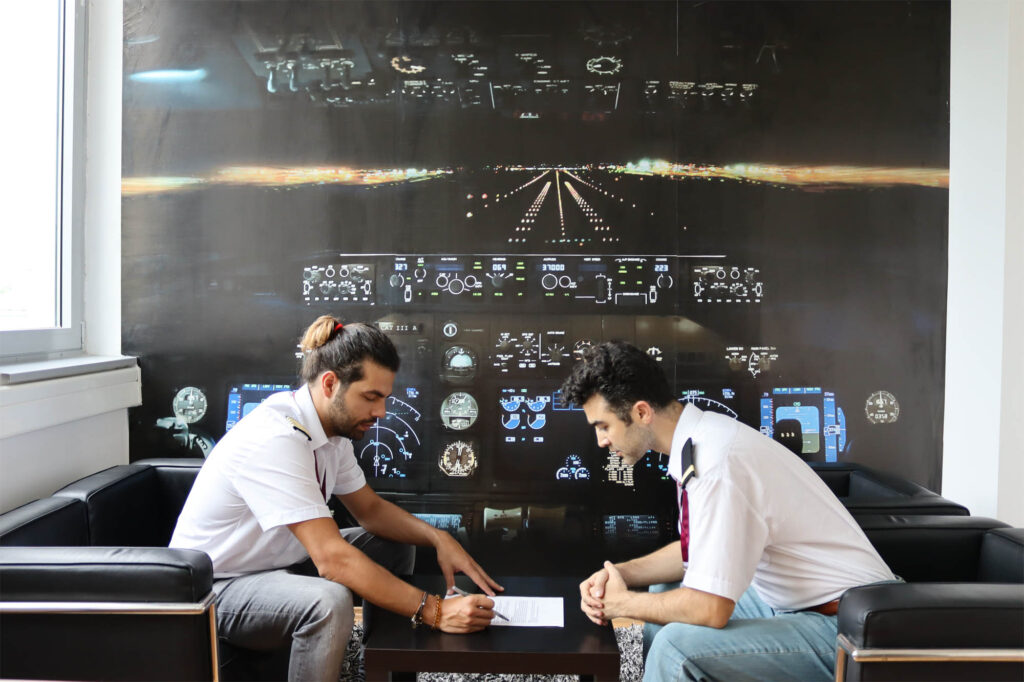

Theoretical Training
There is no separate training for students applying for the Single-Engine Instrument course. Although, applicants should complete and hold valid EASA ATPL(A) Theoretical Certificate.







The Time Scale
At the begining of the training all student pilot receives a customized schedule.
Flight instructors are constanltly monitoring the training progress. The exercises might be merged.
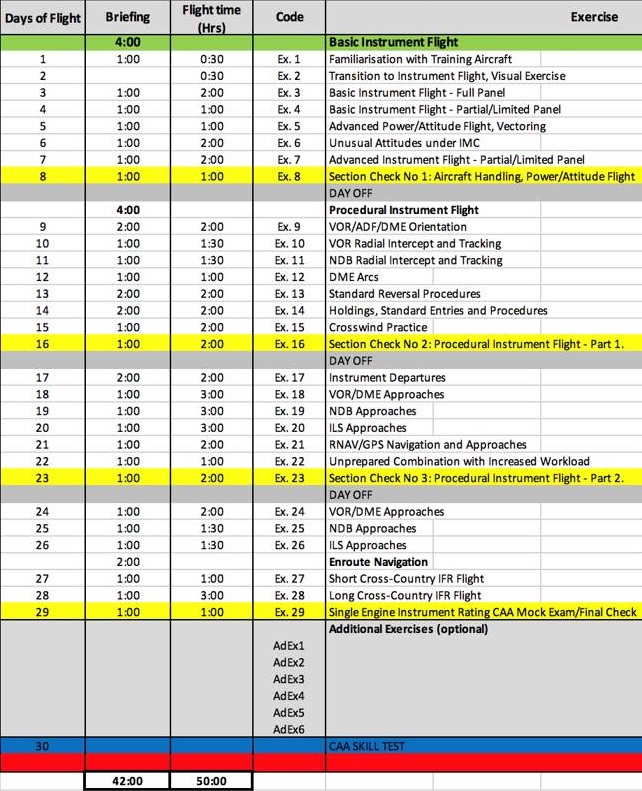








Training Aircrafts
The Cessna 150/152
Socata TB-9
Socata TB-20
Mooney MC20
FNPT-II
Practical Examination (Check-Ride)
During the training course there are various check-rides should be completed with a supervising instructor in order to start the next consecutive section. For example, prior the first solo exercise when the student completes at least 3 take-offs and landings with the training aircraft alone, a check-ride should be completed.
At the end of the training in order to obtain the Private Pilot License, the applicants should fly a check-ride with a Flight Examiner appointed by the Hungarian Civil Aviation Authority. Once the check-ride is successfully passed the applicant is ready to receive the pilot’s license.
Theoretical Knowledge Examination
The prescribed subjects might be completed through self-study. Students should undergo an examination process at the Hungarian Civil Aviation Authority to receive a theoretical certificate required for the completion of the PPL(A) training course.







Application
